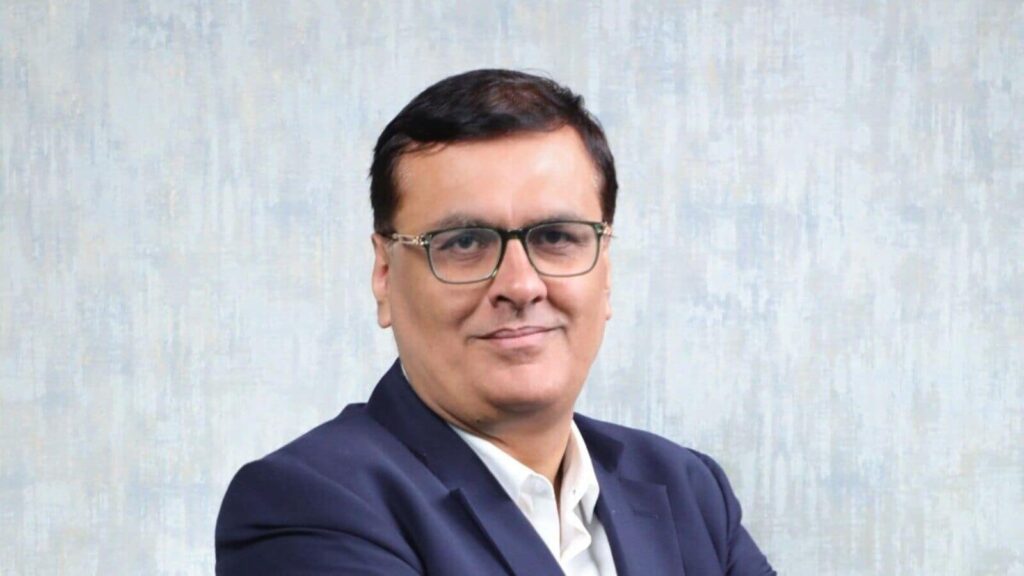Expert view on markets: Rajesh Bhatia, Chief Investment Officer (CIO) at ITI Mutual Fund (MF), believes this is a stock picker’s market, and one should focus on sectors with greater visibility and predictability. In an interview with Mint, Bhatia said private banks, life insurance, telecom, utilities, etc., look relatively stronger sectors. Here are edited excerpts of the interview:
How has the recent market downtrend influenced retail investors’ behaviour toward equity mutual funds? Do you see any notable change?
Mutual funds continue to witness net inflows despite the correction in the equity markets. Indian equity investors in the mutual funds are taking a very mature, long-term view of Indian equities. As the markets decline, we are now often asked, “What is a good time to invest more?”
What is your outlook for the market trend in FY26?
The challenges now are more global than just local. The global environment remains very volatile, with uncertainty around US tariff policies under the new administration.
Domestically, conditions are improving, as high-frequency data suggests a return to growth normalization. After the recent market correction, valuations, especially for large-cap stocks, now seem more reasonable, improving our outlook for equities over the next 12-18 months.
India’s equity outlook over the medium to long term remains strong, driven by a large, young population eager to improve their standard of living. As these needs evolve, they may fuel substantial economic growth, making equities the most effective long-term wealth-building asset.
What should be the ideal investment strategy for the next year? Should investors consider increasing their equity exposure?
We suggest connecting with your financial advisor, as it depends on the investor’s risk profile. Considering the market’s volatility, an SIP seems to be a good way to invest in the markets, as it could help create long-term wealth.
Which sectors are likely to outperform over the next one to two years?
I believe this is now a stock picker’s market. One should focus on sectors with greater visibility and predictability. Private banks, life insurance, telecom, utilities, etc., look relatively stronger sectors.
How could Donald Trump’s policies impact the Indian stock market?
As we are pointing out, the risks are more global. The Trump tariff is a significant event. We hope that the tariffs are temporary and a mere negotiating tactic.
A longer-term persistence of tariffs could mean a global slowdown, higher inflationary impulse, lower global trade, etc. Each of these factors poses a meaningful risk to equities.
With the US Fed signalling more rate cuts this year, do you believe the growth-inflation dynamics will support further easing?
Yes, it will support further easing as far as India is concerned, as there would be a major impact.
What are your expectations from the RBI’s Monetary Policy Committee (MPC)?
We expect a 25 bps rate cut and a change of stance from neutral to accommodative in this policy. We expect a total 75 bps rate cut this year, and the repo would settle at 5.75 per cent. Growth and inflation dynamics are working well for India, as inflation will be around the targeted 4 per cent levels.
How do you assess the current trends shaping the Indian economy?
India is facing a GDP growth challenge at the moment. It will not help if global growth slows down due to Donald Trump’s policies, especially regarding tariffs. Given the uncertainties, confidence in private sector investment is low, although that is true not only for Indian corporations but also globally. It may take some time to digest this slowdown before we accelerate again.
Read all market-related news here
Read more stories by Nishant Kumar
Disclaimer: This story is for educational purposes only. The views and recommendations above are those of individual analysts or broking companies, not Mint. We advise investors to check with certified experts before making any investment decisions, as market conditions can change rapidly, and circumstances may vary.













